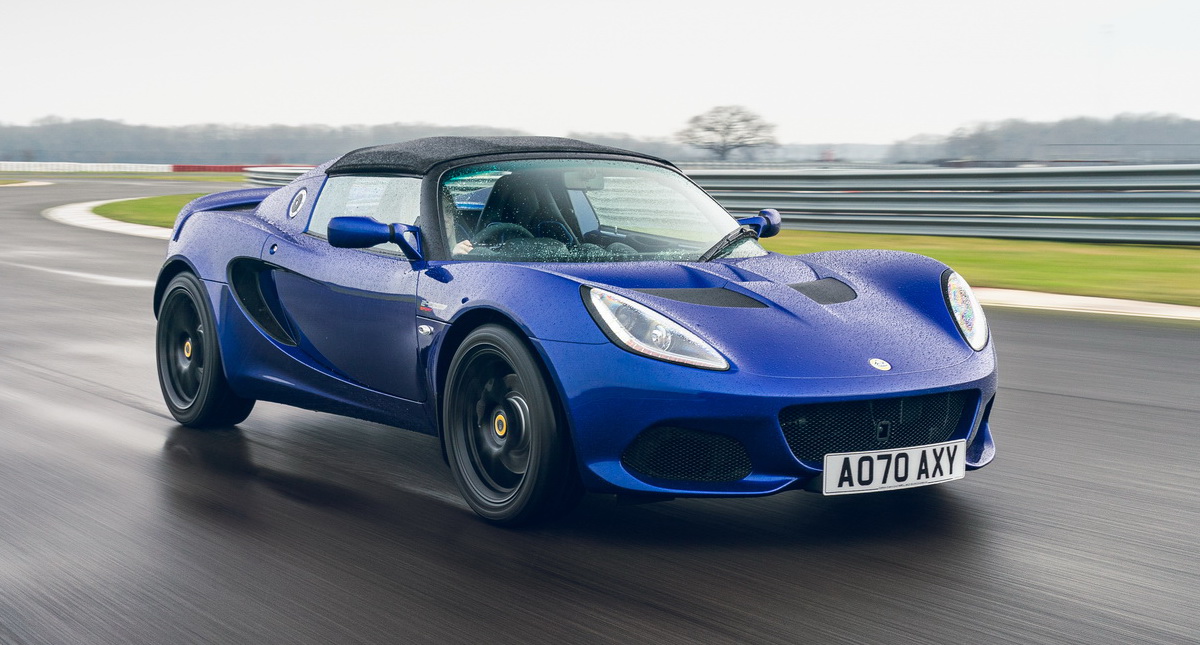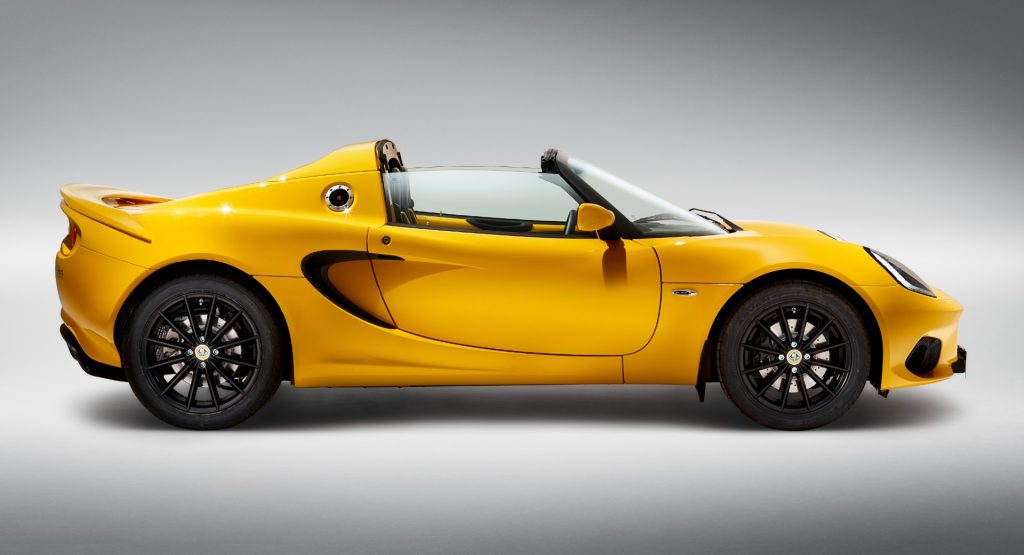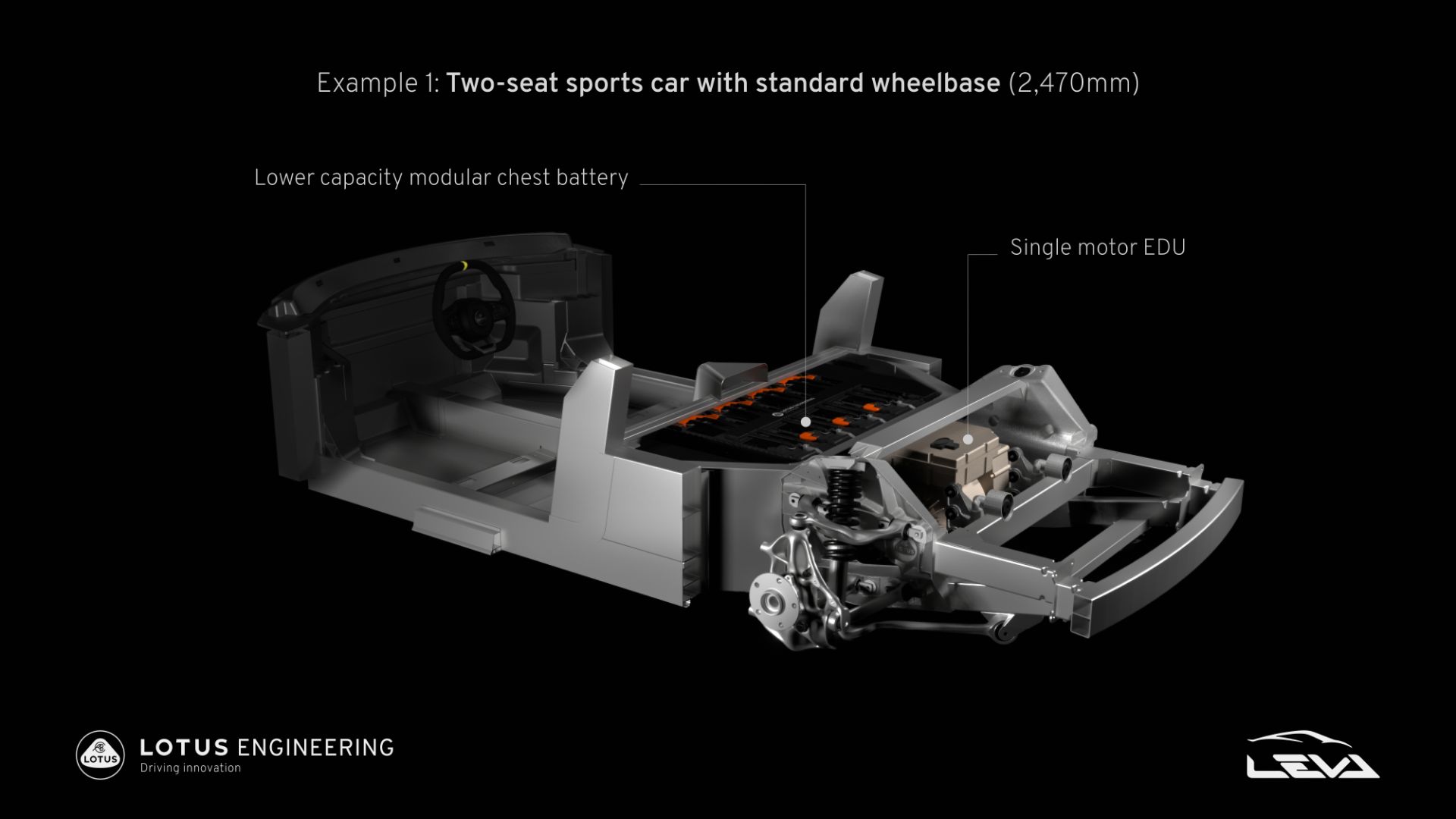The Elise is one of the most popular nameplates used by Lotus so its successor is a big deal for the British company. We already know that its successor will be based on the fully electric E-Sports platform but a new report sheds more light on the development phase.
Lotus’ upcoming fully electric sports car, codenamed Type 135, is scheduled to arrive in 2026. Different variants based on the same platform will take the role of the discontinued Elise, Exige, and Evora, and for a few years, they could be sold alongside the Emira which is the brand’s last ICE-powered vehicle.
Lotus was always known for making lightweight and agile sportscars and the new generation won’t be an exception. Despite having to deal with the added weight of the batteries, the new Elise successor will not be a heavyweight champion thanks to the E-Sports platform which is 37 percent lighter than the one used by the Emira, according to Autocar.
The successor of the Elise will likely maintain its role as the entry point in Lotus’ sportscar range. Based on the specifications announced last month, it will be a two-seater, short-wheelbase model, fitted with a single electric motor producing 469 hp (350 kW / 476 PS). This represents a significant increase in power output over the now-defunct Elise and it might also benefit from a torque-vectoring system similar to the one used in the Evija hypercar.
Honoring the mid-engined layout of its predecessor, the 66.4 kWh “modular chest” battery with 800V technology will be mounted behind the seats. This configuration allows the driver to sit as low as possible, just like in the ICE-powered models, which would not be possible with floor-mounted batteries. As for the electric range, it could reach 300 miles (483 km).

The 2021 Lotus Elise 240 Final Edition was the last of its kind, paying tribute to the 25-year-long production run of the Elise (1996-2021).
The goal for the new sportscar is to “replicate the typical dynamic traits of previous Lotus models”, something that managing director Matt Windle has confirmed: “It’s our DNA: dynamics, aerodynamics, lightweight – that’s what we do on all our products. We still want these to be Lotus products. They are going to have a different propulsion system but that system comes with benefits as well: instant torque, easier cooling, and better packaging, so the first sports car will have a lot of storage and packaging benefits as well.”
See Also: Lotus Teases Four New EV Models, Including Three SUVs And A Sportscar
Matt Windle admitted that the electric successor of the Elise will be more expensive than the discontinued ICE-powered model. However, a forecasted drop in the production costs plus the availability of the Geely parts bin (Volvo, Polestar, Lynk&Co, etc) could bring it close to upper-Exige territory, with the report calculating its entry price between £80,000-100,000 ($109,000-136,000).






